Animal Life news stories
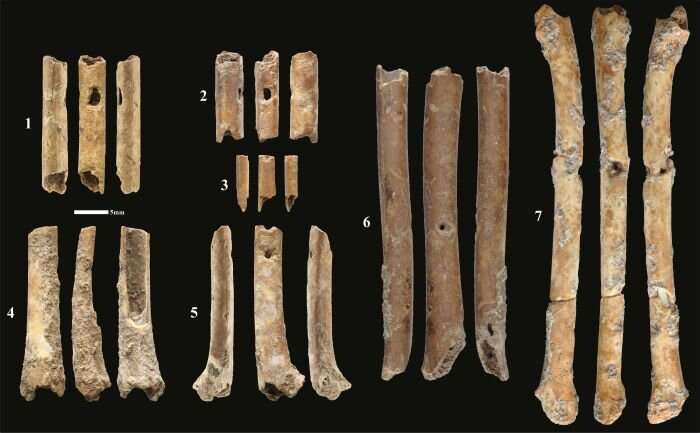
A team of researchers, including a Virginia Commonwealth University professor, has discovered rare prehistoric instruments made from the bones of birds dating back more than 12,000 years, according to findings published Friday in the journal Scientific Reports

Palaeontologists in South Africa said they have found the oldest-known burial site in the world, containing remains of a small-brained distant relative of humans previously thought incapable of complex behaviour.
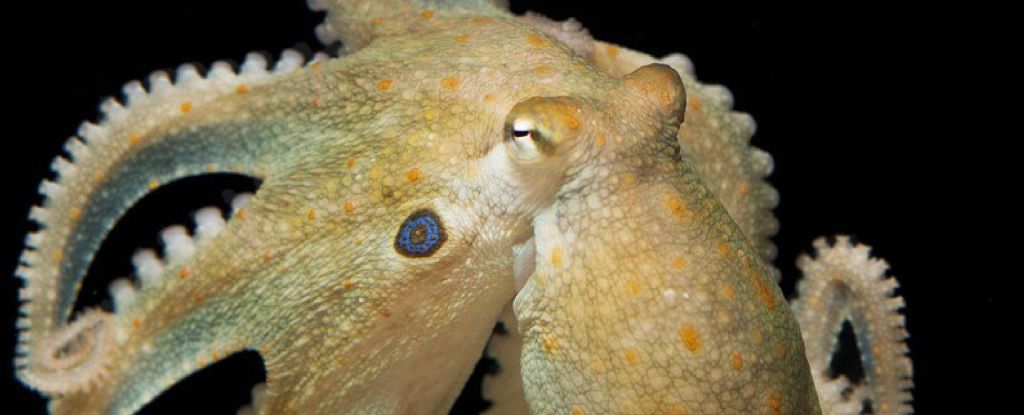
Octopuses have found an incredible way to protect the more delicate features of their nervous system against radically changing temperatures.

The increased use of light-emitting diodes is obscuring our view of the Milky Way as well as taking a toll on human and wildlife health.

More than 5,000 undescribed animal species have been discovered in the depths of a massive “pristine wilderness” in the Pacific Ocean, a new study shows. But researchers warn they could soon be wiped out by deep-sea mining.

An international team of archaeologists has found what may be the earliest known saddle at a dig site in China. In their paper published in the journal Archaeological Research in Asia, the group describes where the ancient saddle was found, its condition and how it was made.
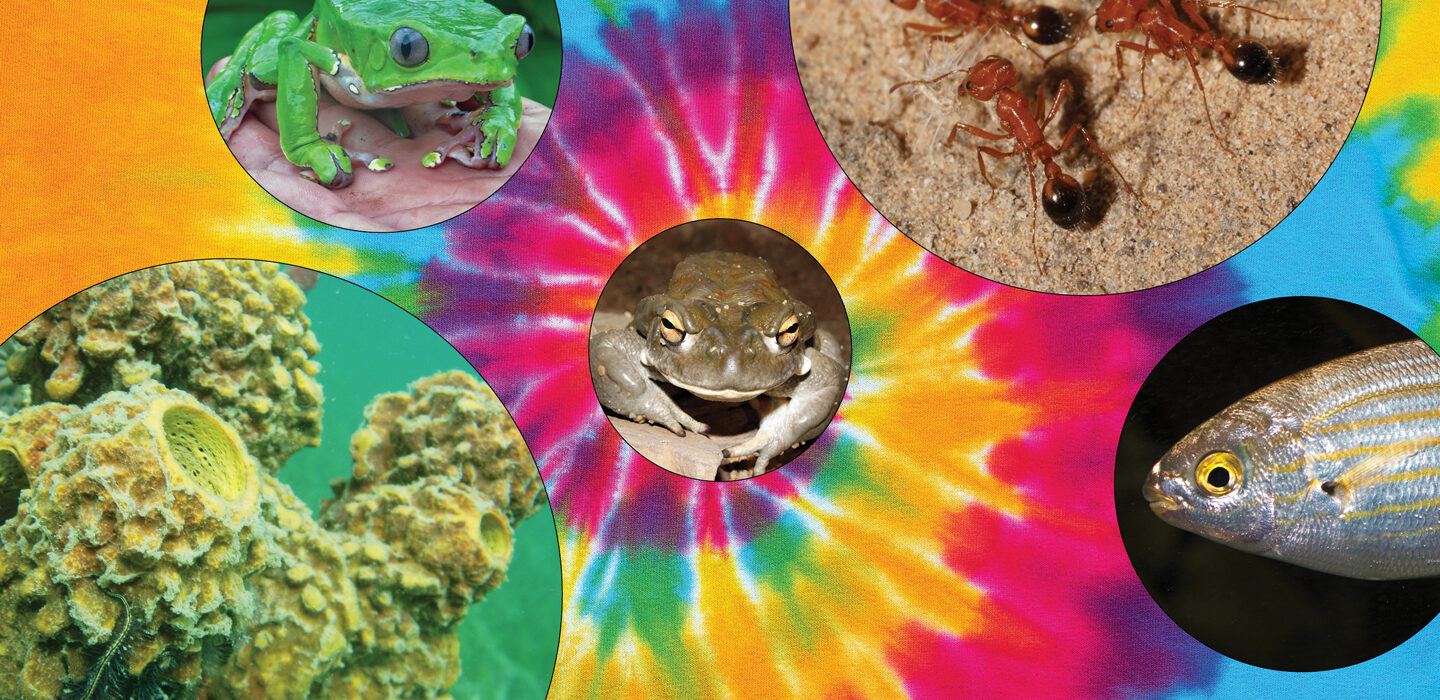
We at Science News heard the PSA loud and clear: Just leave this toad alone. But we couldn’t help but wonder: What other amazing animals may have psychedelic potential? Join us on a tour, by land and sea, of some of the world’s mind-altering fauna.
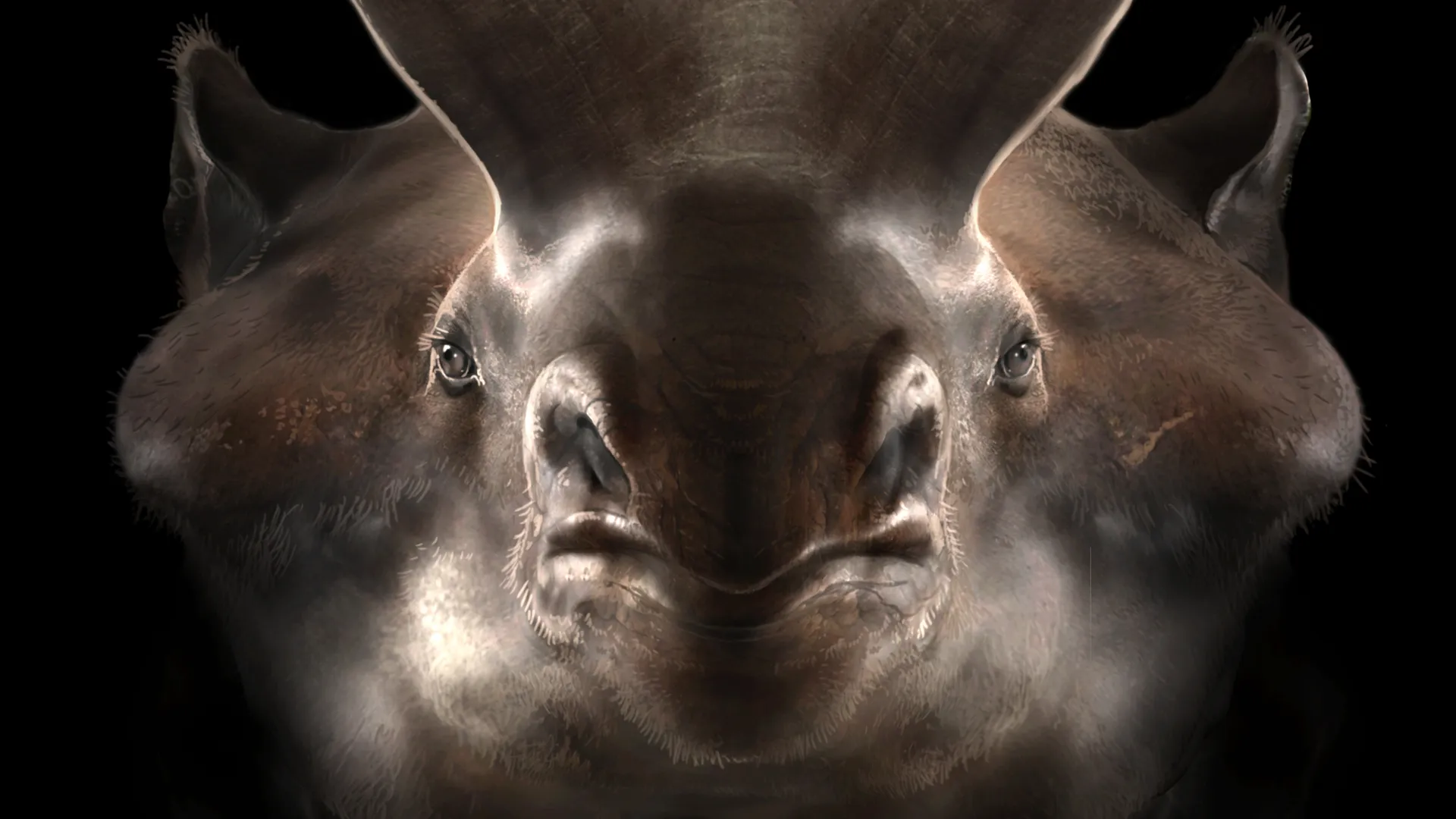
Rhino-like horse relatives that had lived in the shadow of the dinosaurs became gigantic “thunder beasts” as suddenly as an evolutionary lightning strike, new research published Thursday (May 11) in the journal Science shows.

A geological study of the rock formation that encased a fossilized example of the world’s biggest “raptor” shows it’s 10 million years older than previously understood.
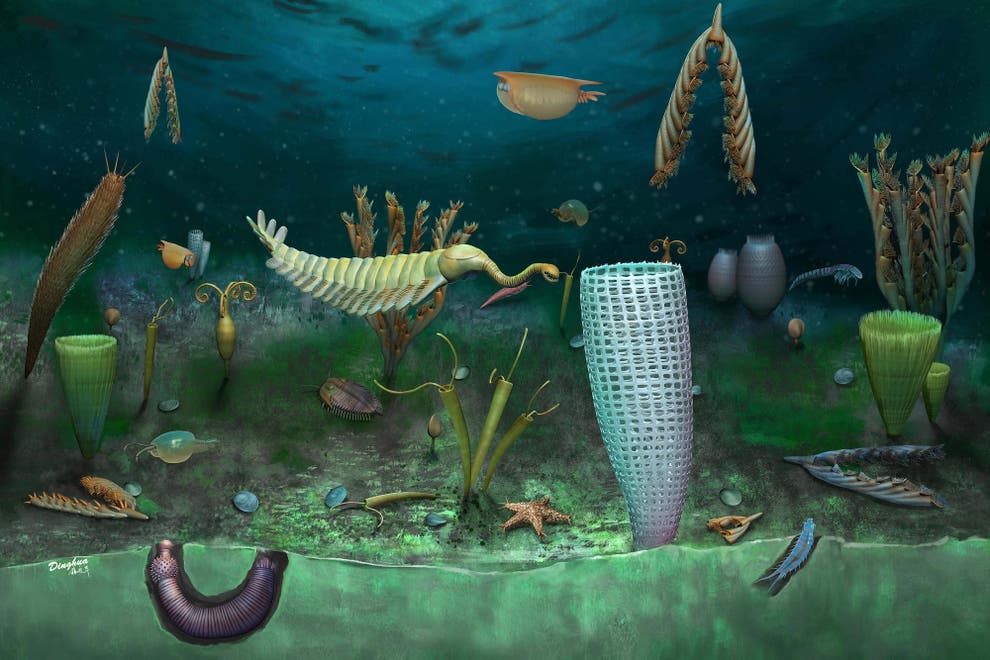
A large number of extraordinary new fossils, including many soft-bodied creatures, have been discovered near Llandrindod Wells in Powys.
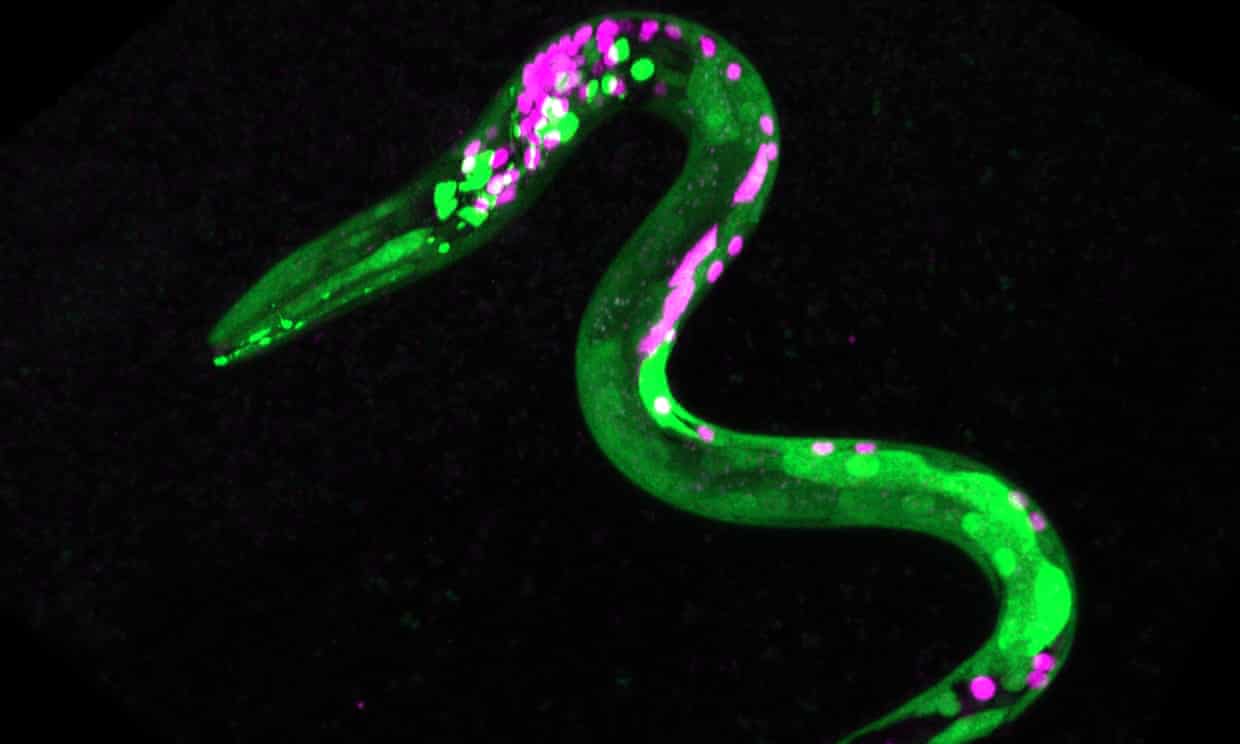
It is not just humans that get the munchies: worms also display the same craving for their favourite snacks after consuming cannabis, new research has found.
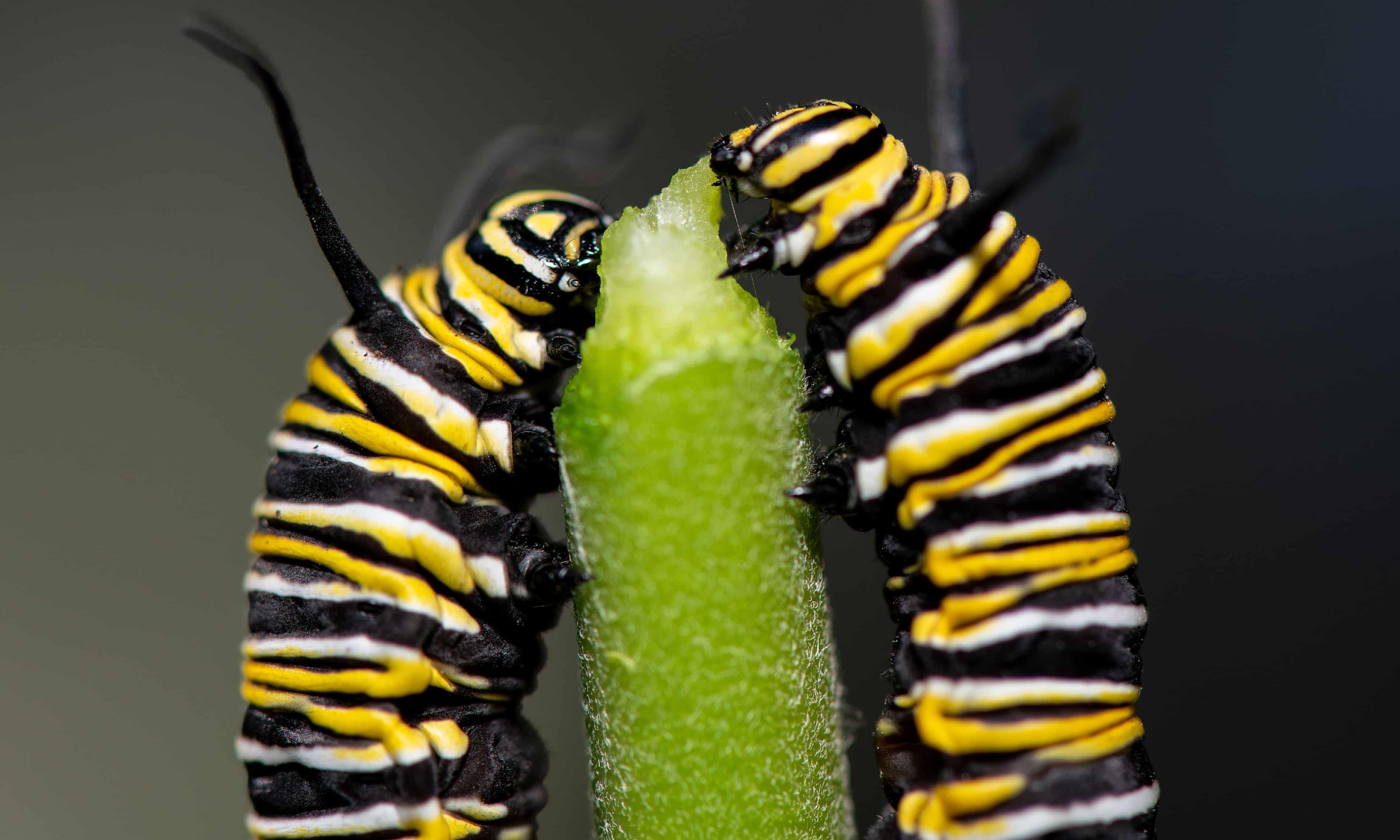
What are the most successful organisms on the planet? Some people might think of apex predators like lions and great white sharks. For others, insects or bacteria might come to mind. But few would mention a family of plants that we see around us every day: grasses.
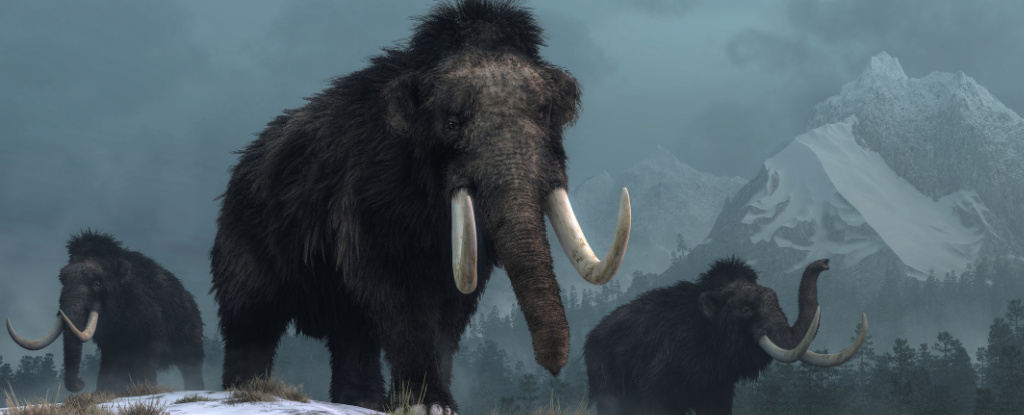
As wooly mammoths grazed frigid Siberian steppes for more than half a million years, they evolved increasingly fluffy fur, large fat deposits, and smaller ears, according to a new study.
In the depths of a network of underwater caves, Julien Louys has been on the trail of some rather unusual animals. Despite the sunken setting, these creatures weren’t forms of marine life — they were giant marsupials, and they became extinct tens of thousands of years ago.
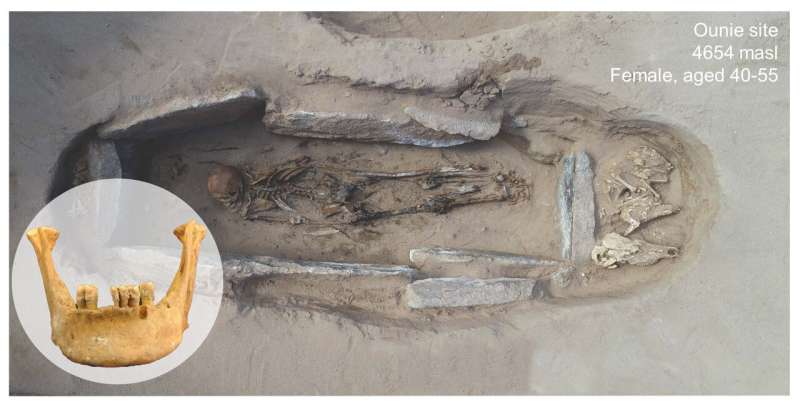
New research into ancient populations that resided on the Tibetan Plateau has found that dairy pastoralism was being practiced far earlier than previously thought and may have been key to long-term settlement of the region’s extreme environment.
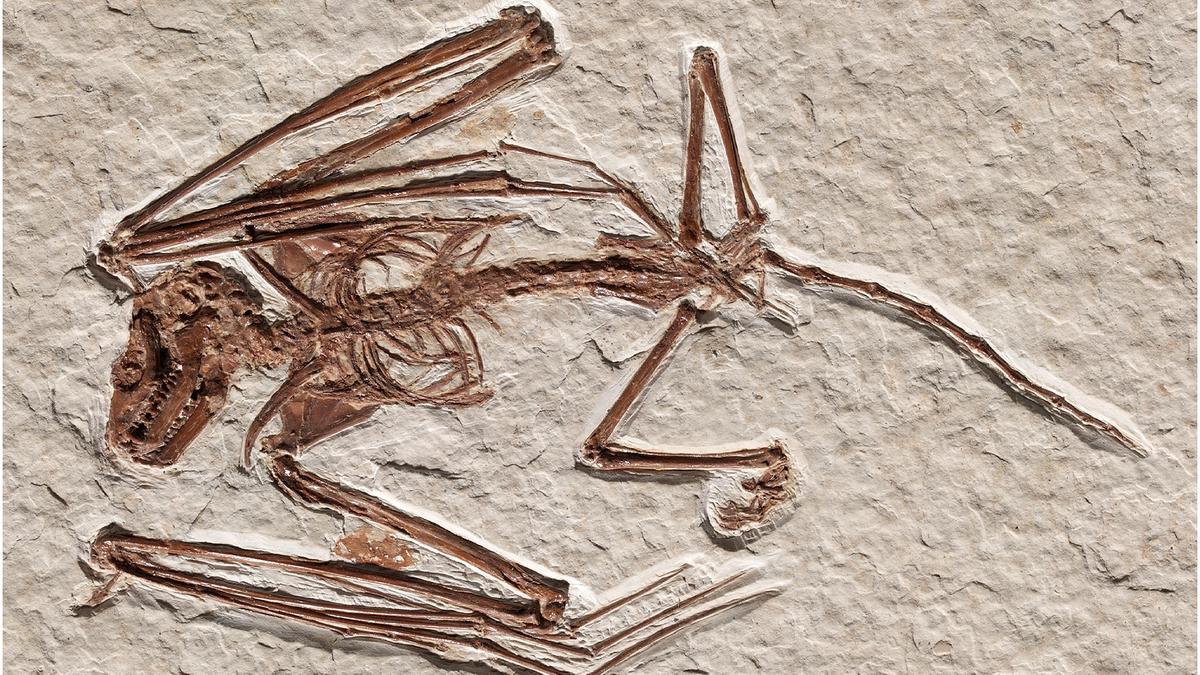
The bat skeletons unearthed in southwest Wyoming are the oldest ever found, and their discovery has sparked a reshuffle in the bat family tree. See the research here.








